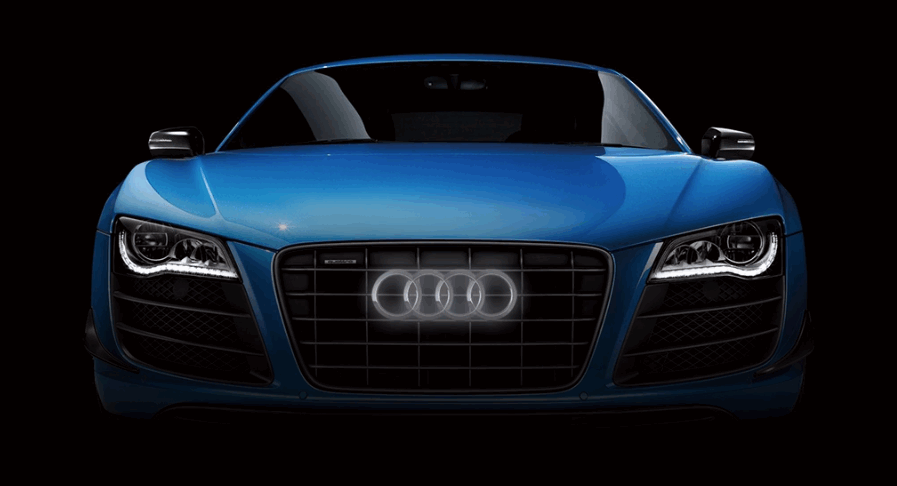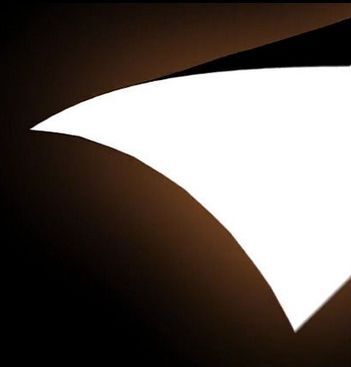

“We’re not only putting them down fast,” says Peterson, “but exactly where you need them–within two or three microns of accuracy. Rohinni, which has filed for 42 patents thus far, spent the past 18 months building a robot capable of placing the tiny diodes with precision without sacrificing the speed necessary for mass manufacturing. The uniformity of the light wasn’t as consistent as it needed to be. It is paper-thin and can be used to print a light-up version of, well, just about anything. But Lightpaper needed to be refined for commercialization. Rohinni has invented an LED light product aptly named LightPaper. In 2014, at a Fast Company conference in San Francisco, Peterson wowed the crowd with the first on-stage demonstration of that technology, which–true to its name–was a paper-like sheet of dazzling light. Lightpaper is billed as an innovative way to print lighting. The company created a method of treating micro-LEDs like ink to print glowing sheets of light at high speed (25 feet/minute). Rohinni, an Idaho-based company is introducing the worlds thinnest LED lighting, the Lighpaper. LightPaper is manufactured by coating a conductive surface with a combination of ink and very tiny LEDs, then sealing it between two thin layers. It’s paper-thin and can be used to make a light-up replica of almost anything.

PiXey is an evolution of its initial technology, Lightpaper. LightPaper, Rohinni’s LED light product, is fittingly titled. The American startup Rohinni is working out Lightpaper, a technologic innovation which allows to print and to fasten light on various light use supports. Rohinni, which has raised $11 million in funding since it launched in 2013, isn’t the only company dabbling in micro-LEDs, but it claims to have pioneered a new approach. 3.25/ea LED T8 Tubes 175W MH Equal LED Wall Pack Only 66.19 Standard Shaped LEDs only 0.99/ea LED Parking Lot Lights - Starting at 139 TCP LED Tubes - Starting at 2.


 0 kommentar(er)
0 kommentar(er)
